The latest news out of China shows an economy in decline. Crucial August measures of both industry and services confirm the fact. No doubt, much in the setback reflects the early summer rise in COVID-19 infections and the subsequent lockdowns imposed by Beijing’s “zero-tolerance” policies.
Now that infections seem to be abating, strictures will soon ease, and at least modest growth will likely return. Nonetheless, this recent pause should prompt businesspeople, policymakers, and observers to consider an array of more fundamental growth impediments facing China’s economy.
Some of the most sensitive measures of economic activity—in China as well as other countries—are periodic surveys of business purchasing managers. Two such measures suggest that the Chinese economy had a bad August. Even the ever-optimistic official government figures show damage. Beijing’s so-called purchasing managers’ index (PMI) for manufacturers fell 0.6 percent from July and at present stands 3.5 percent below levels at the start of the year. At an index level of 50.1, this official figure is still technically in growth territory, since anything above 50 in such measures points to growth, but any observer must admit that the margin above decline is minimal. Meanwhile, other measures point clearly to a fall in economic activity. The global array of figures for the independent Caixin/Markit survey shows an index level of 42.9 for Chinese manufacturing, well into negative territory, and down 7.2 percent from activity levels recorded at the start of the year.
With services, the picture is more severe. There, even the official Chinese government measure indicates decline, showing an index level of 47.5, off 10.9 percent from July’s measure and almost 14 percent below levels recorded at the start of this year. The independent Caixin/Markit survey puts the August services PMI at 46.7, deep in negative territory, down almost 15 percent from July, and more than 17 percent from levels at the start of this year.
Government and much media commentary rightly tie this weakness to the spring increase in COVID-19 infections and the attendant lockdowns earlier this summer. According to the World Health Organization (WHO), rates of infection across China began accelerating last June and by July had more than doubled from rates recorded earlier in the year. Severe lockdowns followed as per official policy. An economic setback was inevitable.
If the slowed pace of infections exhibited in early September lasts, there is every reason for Beijing to relax its strictures and for the economy to show some life. That will likely show in the October PMI accountings, both official and independent. No doubt Beijing will call attention to such gains and make claims that the rapid growth rates of China’s past are returning. Such claims would be misleading.
Beneath the COVID-19 interruptions, China faces three major impediments to growth that did not exist in past decades. These will significantly slow China’s pace of development even if COVID-19 is eradicated, which anyway is highly unlikely.
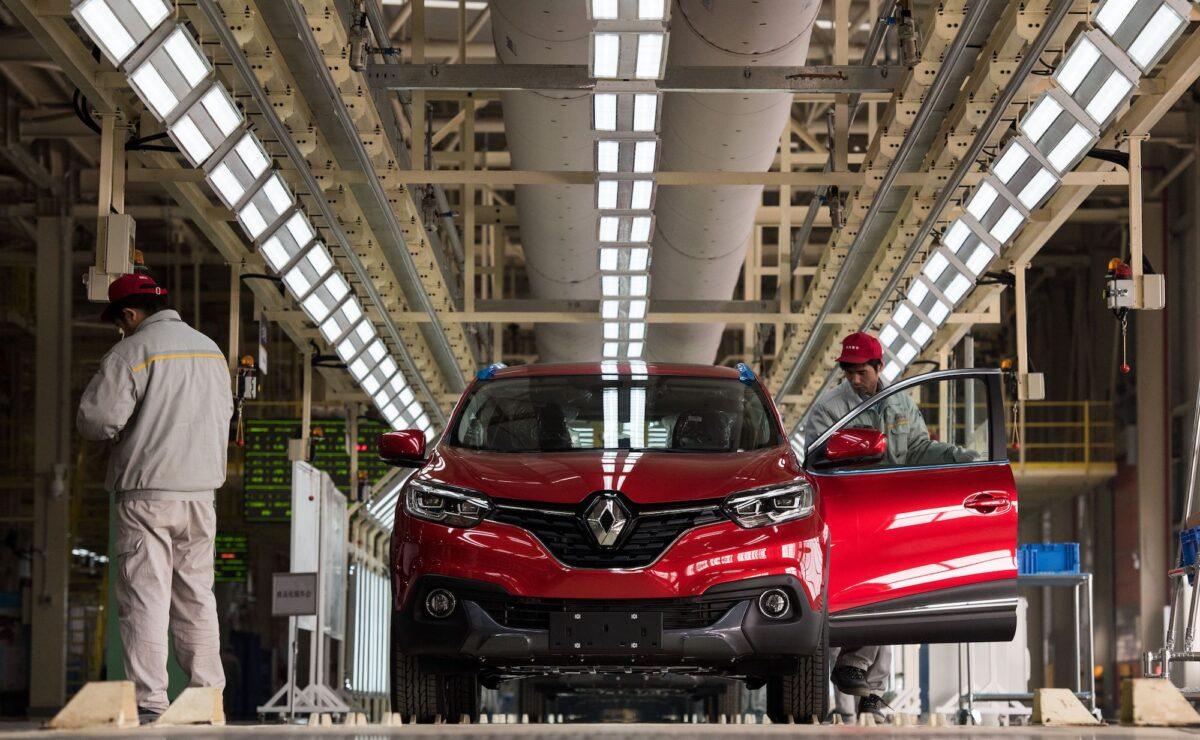
The first of these has to do with measures taken by the United States and other major economies to diversify their supply chains away from China. Beijing’s hoarding of certain vital goods during the 2020 pandemic has convinced buyers in the United States and elsewhere that China is a less reliable place to source than they had previously thought. But even before this experience, there was the impact of the 2019 “trade war” between China and the Trump White House. Rather than pay the steep tariffs imposed by the United States on many Chinese goods, many American producers and wholesalers have looked elsewhere for suppliers, to domestic sources, and to other Asian as well as Latin American economies. At the same time, many Chinese firms, to rid their products of American tariffs, have facilitated the American sourcing shift by setting up operations outside of China, mostly elsewhere in Asia.
Factoring into this ongoing change is something still more fundamental. Chinese wages have risen rapidly and with them so has the cost of producing in China. It was inevitable that as China prospered, workers would gain bargaining power, and that has happened. Over the last five years, for instance, the hourly wage of the average Chinese worker has risen at a striking 8 percent a year. Though a boon to workers, the trend has undermined China’s former position as a source of cheap labor, prompting both foreign buyers to look elsewhere for their sourcing and Chinese producers to look abroad when setting up new operations.
China’s aging demographic profile stands as the second of these three growth impediments. According to United Nations statistics, the one-child policy under which China lived from the late 1970s until recently has slowed the flow of new people into China’s workforce so that they cannot even replace the older workers going into retirement. U.N. demographers estimate that by 2040, the trend will create a 10 percent reduction in the size of China’s working-age population.
A shortage of young workers is a big change from China’s past period of rapid growth, when the high birth rates of earlier years had given the economy an abundance of eager workers. The future shortage of workers will reinforce the pattern of rising Chinese wages, making the economy that much less attractive as a place for overseas producers to source. It will also deny China the abundance of working hands and minds that helped drive rapid growth and economic flexibility during the earlier stages of the country’s development.
Beijing surely aims to counter the impact of these trends with its “Made in China 2025” plan. It emphasizes the manufacture of more high-value products such as electric vehicles, artificial intelligence (AI), and aerospace, among others. If successful, and if something new outside the planned effort does not emerge to dim the world’s interest in such products, the shift will enable China to compete despite higher wages. But the effort calls up yet a third impediment to China’s ability to recapture earlier, rapid rates of growth, which is the country’s developmental success to date.
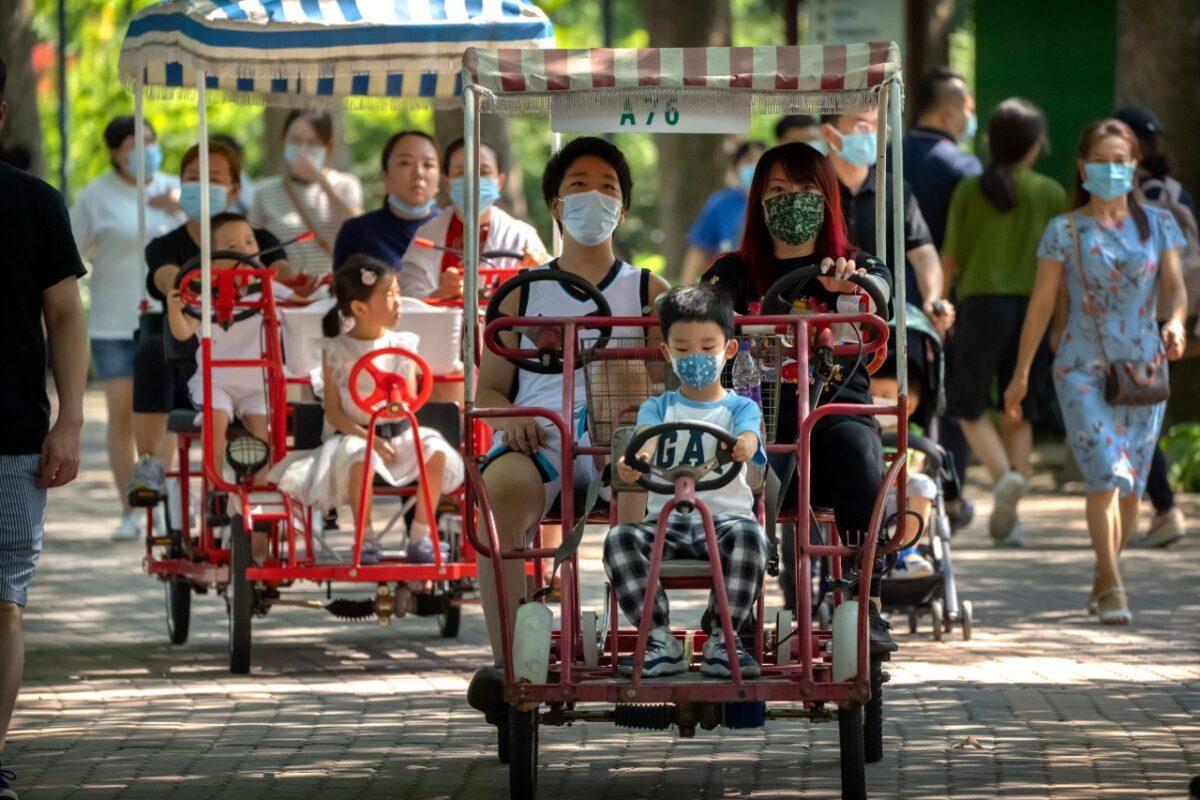
When an economy is underdeveloped, as China’s was when its great growth period began in the late 1970s, decision-makers have an easy time seeing what was needed. They only had to look abroad at more developed economies. And when China’s decision-makers met those obvious needs, the payoff was huge. Roads to isolated villages, for instance, brought their producers into the national economy, enhancing not only returns to their efforts but also the size and scope of overall production. The enlargement and modernization of ports quickly redoubled formerly meager export abilities, and brought in parts and equipment to enhance economic capabilities in other areas. These are just two examples of how initial investments in China’s underdeveloped economy paid off quickly and handsomely. A few steps in this direction then pointed up to the world’s business leaders opportunities in China, encouraging capital and technology to pour into Chinese productive facilities that had previously been closed off to the world. That inflow also trained the country’s eager and disciplined workforce of the time. Fabulous rates of growth and development resulted.
But these obvious opportunities have disappeared as China has developed. When many roads are unpaved, putting down macadam is obvious. The developed world shows even the densest planner the wisdom of doing so. But now that China has largely caught up to the developed economies of the world, it provides a less useful model. The next steps are less obvious, and gains are harder to make. Adding an additional lane to that macadamized road, for instance, will enhance the economy’s productive ability but not nearly so much as the initial paving did. Along with aging demographics and decisions made abroad to diversify sourcing away from China, this great developmental success of past years will itself ensure that the economy cannot duplicate its former strides.
None of this suggests that China’s economy will fail to recover once COVID-19 abates. Nor does it say that China’s economy will stagnate much less fall into decline. Even in the face of these significant growth impediments, much less than Chinese leader Xi Jinping’s unfortunate obsession with centralization and planning, China’s economy will likely continue to grow. But every forecast—official or otherwise—that relies on an extrapolation of this economy’s remarkable past will miss the mark by a wide margin. China watchers and the country’s leadership in Beijing will have to get used to the fact that the economy’s pace of development in the future will resemble that of other significant economies more than anything China once enjoyed.
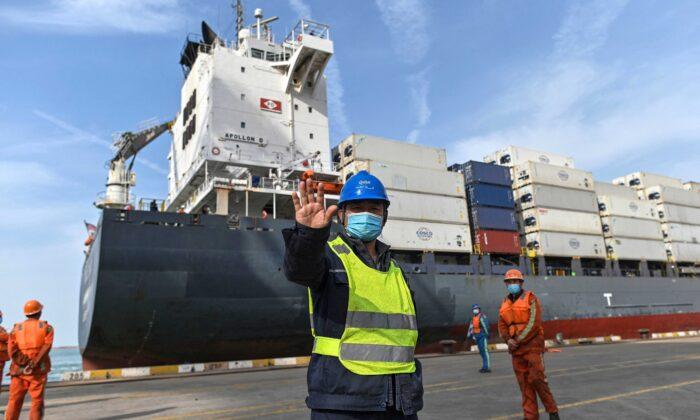

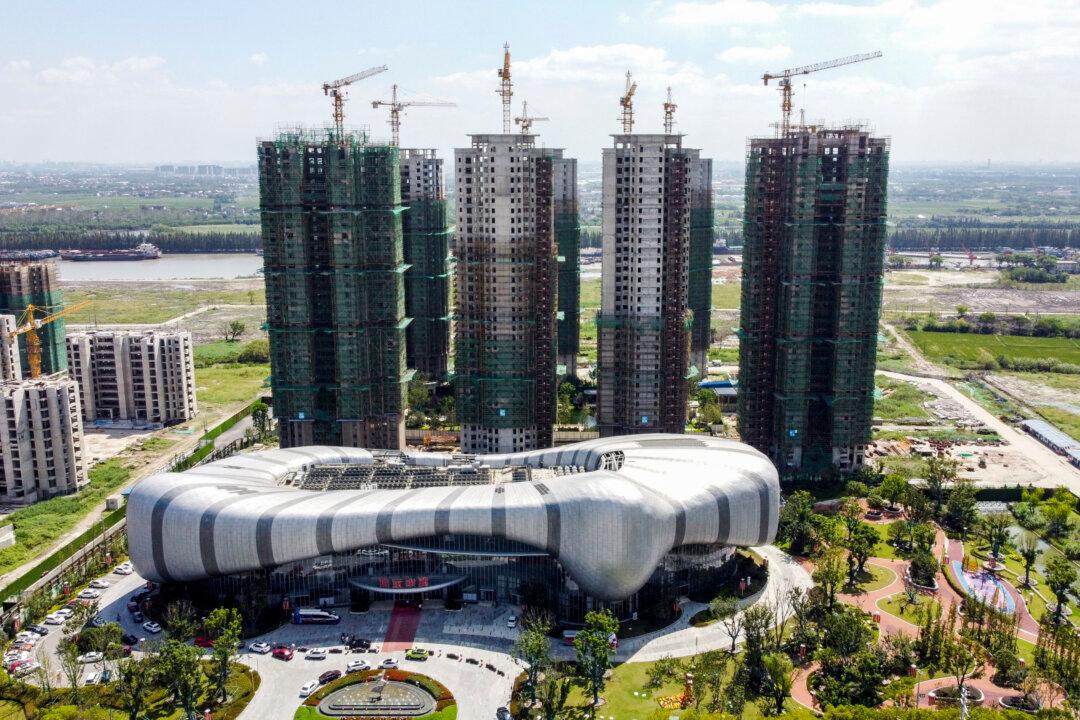
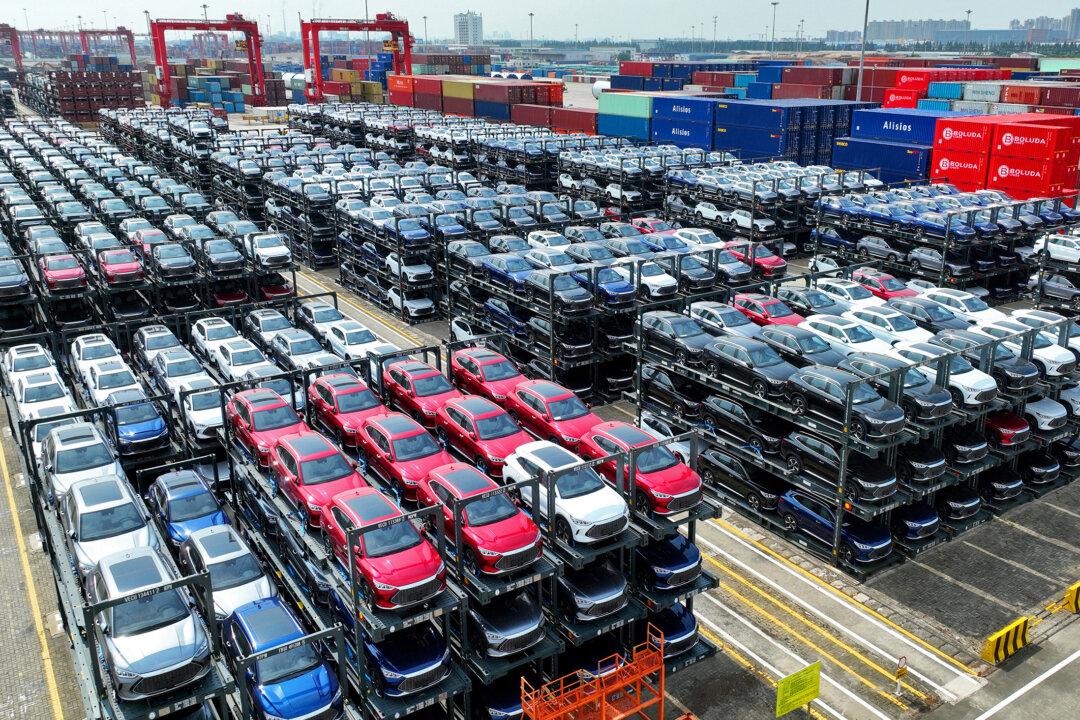
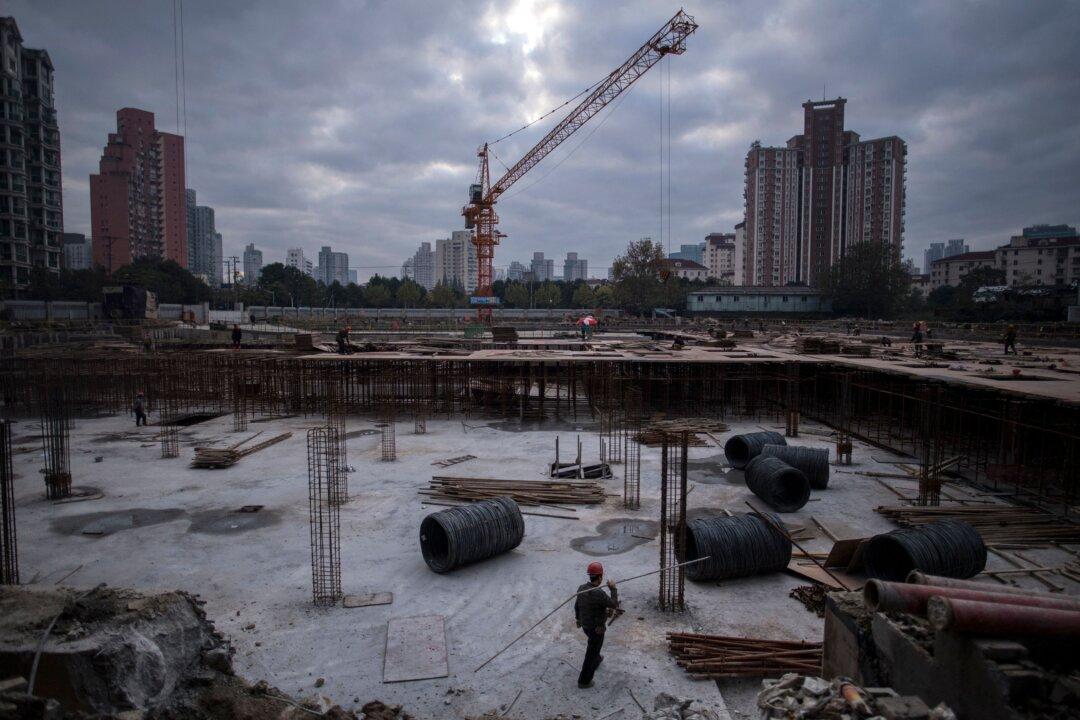

Friends Read Free